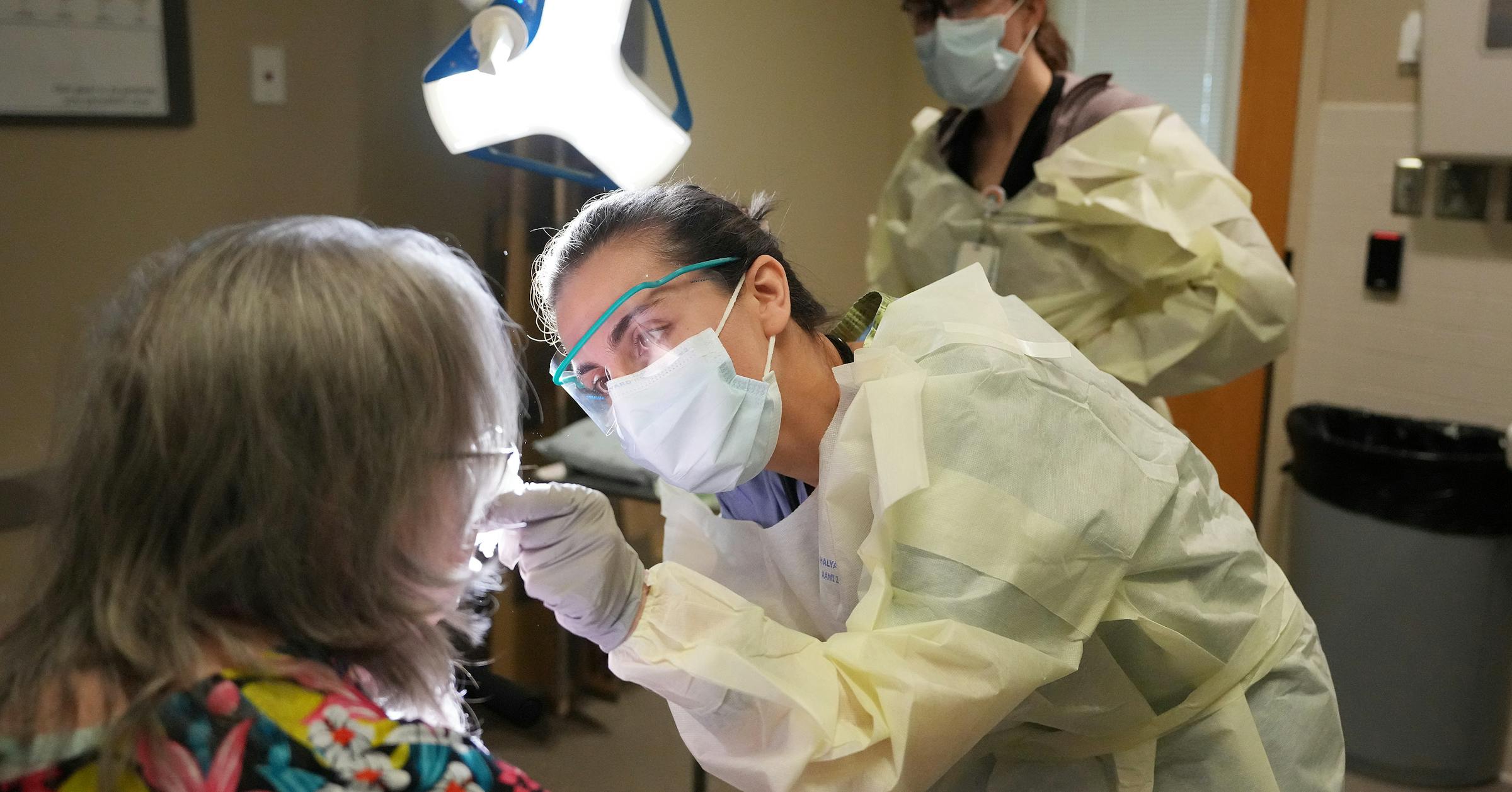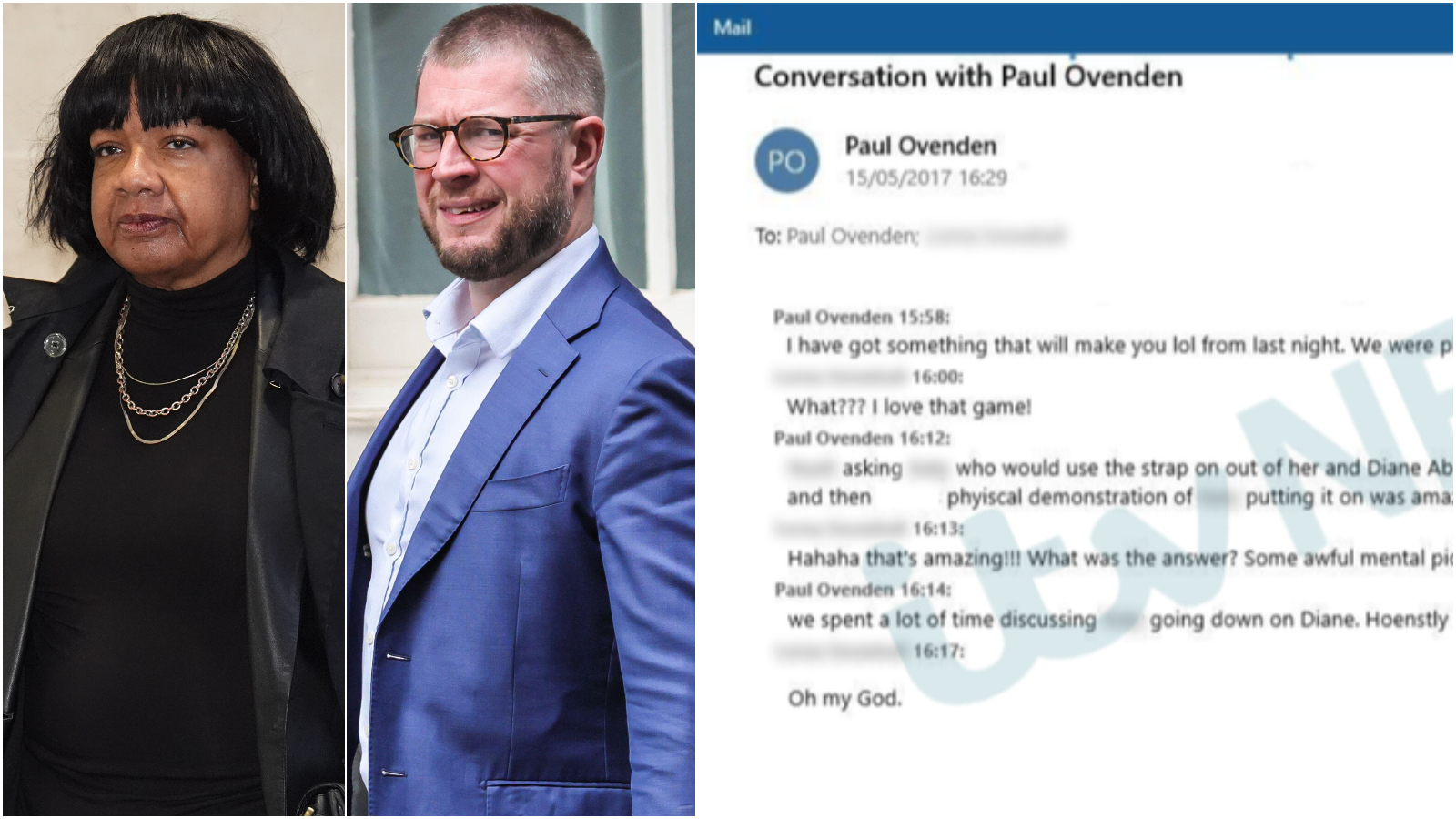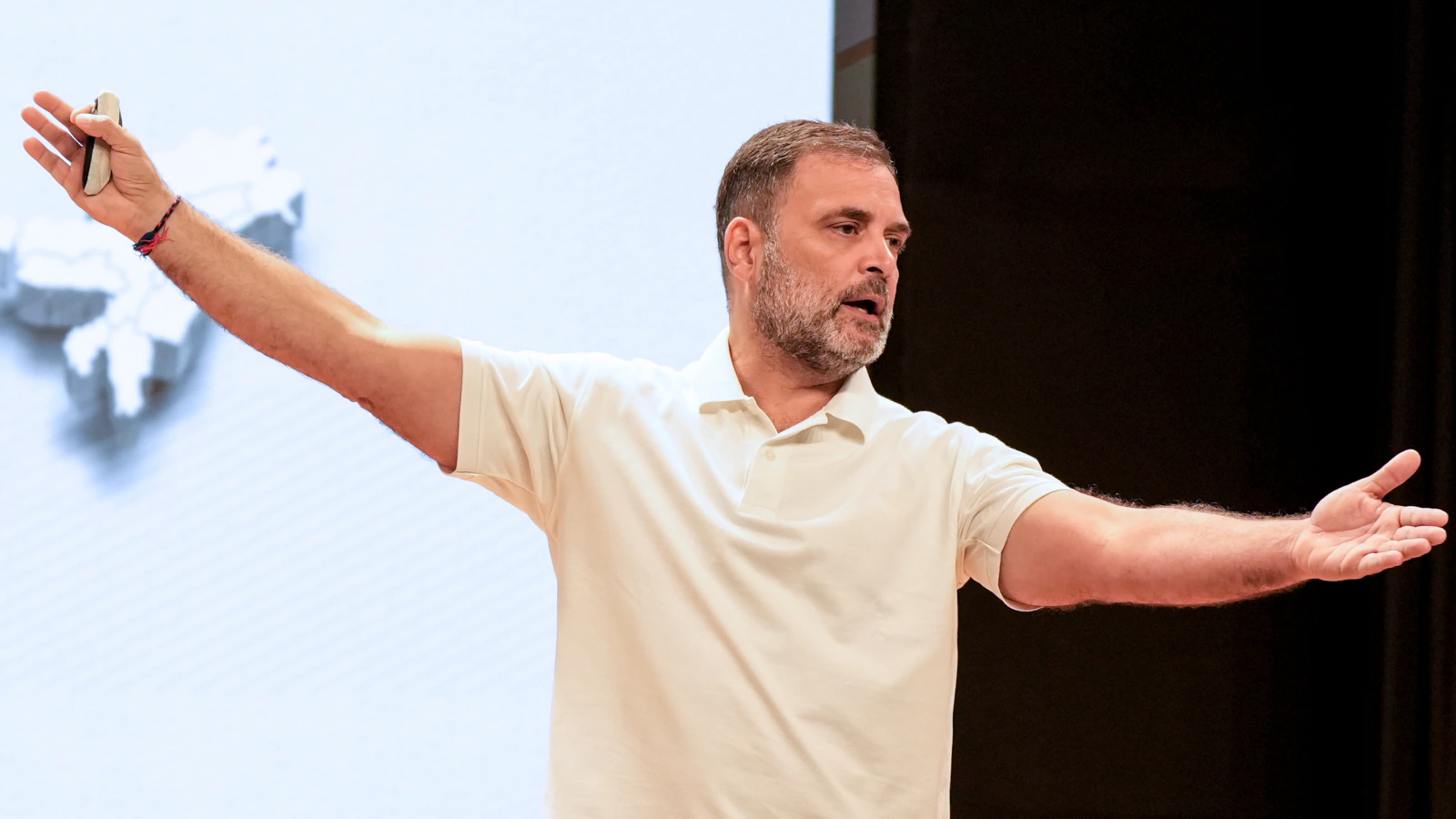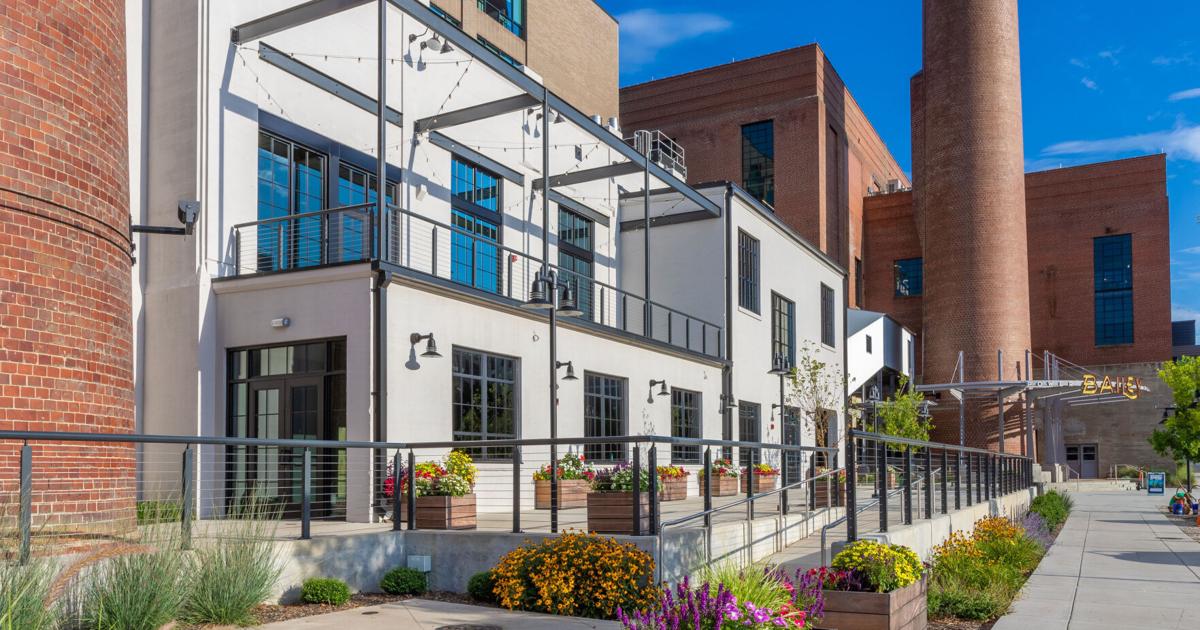
Application process does little to ease fears that Trump administration could favor Republican-led states over next decade.
By Jeremy Olson
The Minnesota Star Tribune
September 19, 2025 at 3:11PM
Dr. Alison Raffman, a medical resident at HCMC who spent a month doing rural ER care at Sanford Bemidji Medical Center, treats patient Sandy Helberg for a bloody nose as attending emergency physician Dr. Andrea Patten looks on in February. Some say the state should apply for federal funding to cover similar programs in Minnesota. (Anthony Souffle/The Minnesota Star Tribune)
Minnesota officials have a little more than a month to petition for their slice of $50 billion in one-time federal funding for struggling rural health care providers and safety-net hospitals.
Deciding how to spend the money, and on whom, is the first challenge. Applying in a way that appeals to President Donald Trump’s administration is the next, especially amid concerns that the selection process could be tilted against Democrat-led states.
The president has been accused before of political bias in decision-making, whether targeting left-leaning cities for military anti-crime deployments or closing federal regional health offices in five Democrat-led states.
“I hope to be proven wrong, but I have real concerns that they’ll try to rig this process to reward red states and punish places like Minnesota,” said U.S. Sen. Tina Smith, D-Minn.. The senator, who visited multiple rural Minnesota hospitals earlier this year to highlight their financial pressures, added that she will be monitoring the process.
The federal Centers for Medicare and Medicaid Services (CMS) this week issued a Nov. 5 deadline for states to apply for the Rural Health Transformation funding. The agency also listed “approved uses” that states must pursue and a scorecard for how it will judge applications.
Even with the guidance, the decisions “are largely at the whims of CMS, which can use ‘any factors that [it] determines appropriate,’” said Jeff Smedsrud, a Fergus Falls-based health care reform activist, quoting from the legislation that approved the funding.
The Trump administration pushed a tax-cutting reform package through Congress that is predicted to reduce Medicaid health care spending by $1 trillion over the next decade. The $50 billion in rural health spending, paid out over the next five years, was added to the budget package at the urging of Republican and Democratic lawmakers to give health care providers relief from these predicted cuts.
Minnesota government and hospital leaders said they can’t afford to ignore the Rural Health Transformation money. Thirty-one of 127 Minnesota hospitals were in financial distress at the end of the 2023, meaning they had lost money on operations in four of the previous eight years.
about the writer
Jeremy Olson
Reporter
Jeremy Olson is a Pulitzer Prize-winning reporter covering health care for the Star Tribune. Trained in investigative and computer-assisted reporting, Olson has covered politics, social services, and family issues.
See More



